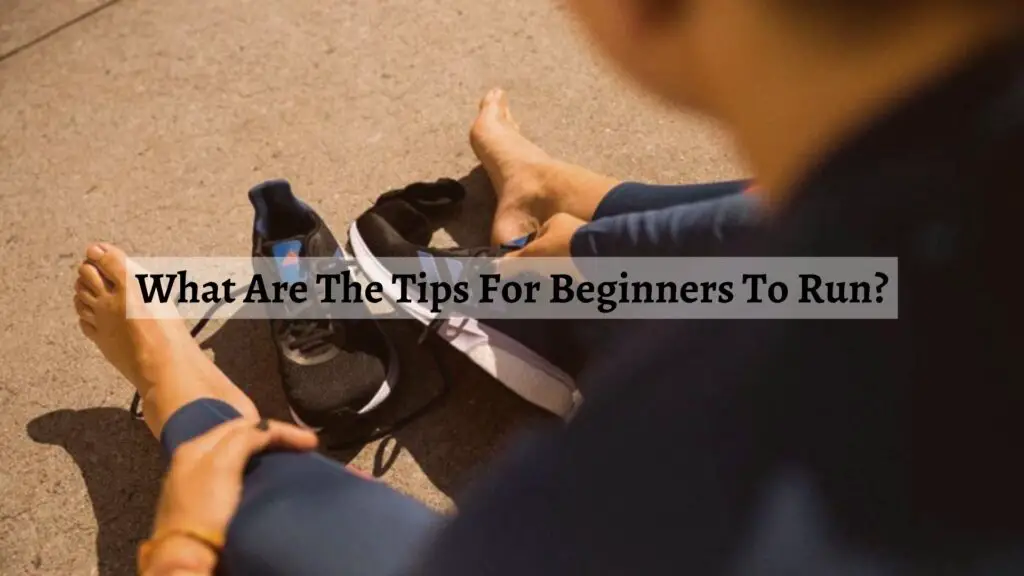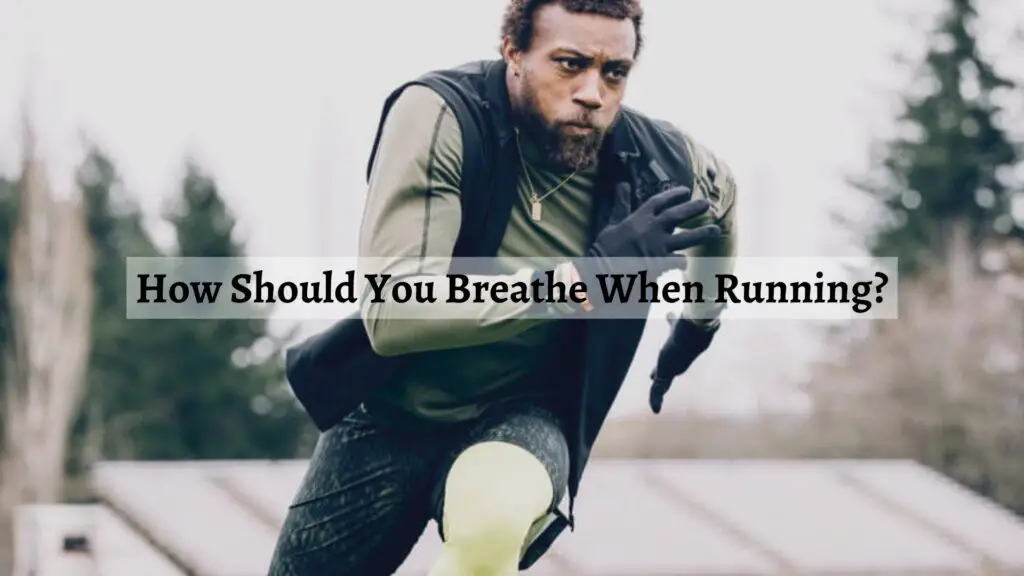What best can you do if you want to, stay fit, feel better, and at the same time make similar-minded friends?
Run. Running comes off as a great starter sport. What’s even greater, is that it does not take a lot from you if you want to start a new running habit. The best you need is your favorite pair of shoes and anywhere on earth can be your stage! But is it really that easy, and if so, why don’t many people run?
The answer is, running becomes fun and a part of your daily activity once you start to do it effectively and effortlessly. With the top tips for running smoothly and effectively and all your associated running questions, it doesn’t have to be so hard for you or anyone willing to give it a shot.
With your favorite pair of comfortable shoes, you can get started on the track. So let’s go!
What Are Some Tips For Running Smoothly And Effectively?
Here are 4 top tips that can help you to get better at running immensely:

Gliding
To glide as you run, you have to pretend that you are running on top of the ice. If you imagine this, you will not completely stomp on the ground, but briskly move on the seemingly icy surface. This is how you want to glide.
Relaxing
You need to stop taking running as an extreme sport and take it more as a relaxed medium of expending your energy. When you are tense and worried about getting better at running, you won’t be better.
Instead, you have to learn how to relax, or for the record, at least pretend to relax! Relax your stiff jaws, relax your back and shoulder and relax your frown awaiting possible negative outcomes from the running spree. Let your limbs relax and eventually, your mind will too.
Being Light on Your Feet
This is a similar technique of feeling yourself run on icy grounds. You have to take light steps here.
Instead of thinking about how you are going to put your feet on the ground, focus on how you are going to take your feet off it (assume that the more you prolong your feet resting on the ground while you run, the lesser point you get). Practice running on treadmills quickly, to master this tip.
Focusing on Midfoot Strikes
When you begin focusing on your midfoot strikes, you learn to be dynamic and fluid. Compared to the heel or backfoot strike that has an effect similar to applying brakes, midfoot strikes allow you a great flow and some smooth movements.
What Is The Best Way To Get Better At Running?
There are 6 basic tips that can help you if you don’t want to get into elaborate plans and want some quick tips to get better at smooth running:
- Training yourself for the run for 3 days per week
- Running or mixing running and walking for 20-30 minutes at the start, for 2 days per week
- Taking a long run for 40-60 minutes on any of the weekends
- Resting or cross-training on off days
- Running at the pace of a conversational jog.
- Taking regular breaks from running and using it to walk instead of sitting down.
What Are The Tips For Beginners To Run?
Below are the top 7 tips for beginners willing to get into running:

Short Running Intervals
Never run the whole distance of your neighborhood in one go, no matter how excited you are to start the running process and “kill it”. You always break your runs down to smaller intervals in the beginning.
You can even walk between the short intervals if your body doesn’t cooperate and no one is going to judge you for that. Only when you are comfortably and successfully running these intervals, you can lengthen the run and reduce the walk in-between.
Never Too Fast
As a beginner, your body will need to gradually connect with the newer strains of smooth running. If you are jogging fast for a couple of minutes and you are too tired to continue with the rest of the time, that’s a no.
Overexertion and frustration will be your new best friends then. So attempt to run at a low to moderate pace, so that when you feel like giving up, you can walk instead of losing your energy to unplanned and quick jogging/running hotchpotch.
Recovery Time
Your first run may feel exciting and you may want to continue doing it every single day for the rest of the week. However, you need to keep a rest of the day before the next run.
This will recover your body and help it to adapt to the newer and more strenuous demands on your cardiovascular system. For the rest, your muscles and bones will be better prepared for the next run. So you should always schedule your rest days with your running days.
Short Steps For The Win
To help your body cope up with the required coordination to perform the simple or complex sequence of new movements, you should stop wasting your energy with bursts of run and use short and easy steps for higher effectiveness.
The Right Surface
For running, a mix of different kinds of surfaces is always a good choice. If you want to run fast and not turn your ankle, asphalt is a top choice for running. But this can be hard for those with joint pain as there is no cushioning from the ground.
Unless you are light on your feet and have good form, you should avoid this one. Again, running in a forest or a park is good for those with joint pain as there is enough cushioning.
But this does not remove you from the injury of ankles as there are unpredictable rocks and tree roots here and there.
Sandy surfaces are good if you want to train your feet to be stronger as you run because these are hard to raise your feet from and can be a great source of workouts for your calf muscles.
If you have a combination of problems from these surfaces, running on a treadmill can save you. But you will need to alter your form if you want to master effective running through just treadmills.
Avoid Side Stitches
As you will see later in the article, you can prevent side stitches by belly breathing. Another useful way to prevent this from happening is not to eat anything solid two hours before running.
If you can live on liquids before a run, try taking thicker protein smoothies or consider a smoothie bowl. Even after these precautions, if you get side stitches, stop running and walk instead and breathe calmly. Do not run unless the pain diminishes.
Body Care
Since running involves your entire body, you need to take complete care of yourself aka your body to run effectively. The most important part of your body when you run is probably the core.
It helps your arms swing, influences the movement of your hips, and controls the cadence and step length too. For a strong run, you need a strong core; and for a light run, you need the rest of the muscles to be in shape. Regular strength training helps a lot in this case.
What Foods Make You Run Faster?

Some of the foods below have a positive effect when you are planning a run, and so you may try one or a few of these to improve your running:
- Coffee, an hour before running.
- White button mushrooms among other forms of mushroom.
- Watermelon slices
- Kale and kale salad
- Beetroot and its juice.
- Bran flakes.
How Should You Breathe When Running?
The best way to breathe when you are running is to adopt the technique of belly breathing.

If you didn’t know about it, nearly 70% of runners (beginners and professionals alike) suffer from side stitches when running. What causes these painful side stitches? The cramp in your diaphragm muscles. So you see, the diaphragm muscle and the breathing associated with it is important if you want to curb the cause of side stitches (and run properly).
Now, what will you do to get rid of it? Warm up your diaphragm. Before you start running at your usual pace, start belly breathing. Start by lying down on your floor. Now, place one of your hands on the belly and the other one on your chest. Practice breathing such that you start deep at your belly first, with the belly expanding as you breathe in, and then gradually move up to your chest when you exhale.
Through this process, you create more space when you breathe in the chest cavity and allow your lungs to fully expand, letting you take in more oxygen. As a result, you will be finally able to relax the muscles of your diaphragm and maximize the intake of your needed oxygen supply as you run.
Also, deep belly breathing helps you by increasing the oxygen-rich blood flowing into your muscles and hence reduces fatigue in the long run. Since it can create a relaxing effect, you will be better able to focus on your runs. learn more
How can I Improve my Running Speed and Stamina?
To improve your stamina when you run, and to have great speed while you are at it, you will need to be consistent in your practicing and running sessions. Running quite a couple of times per week can get you started on the first phase of accumulating fitness.
It can take you from 10 days to as much as 4 weeks if you want to see a good improvement in your stamina or speed from running. Of course, this also depends on your type of running, the intensity of it, and how steady you are in the running process.

